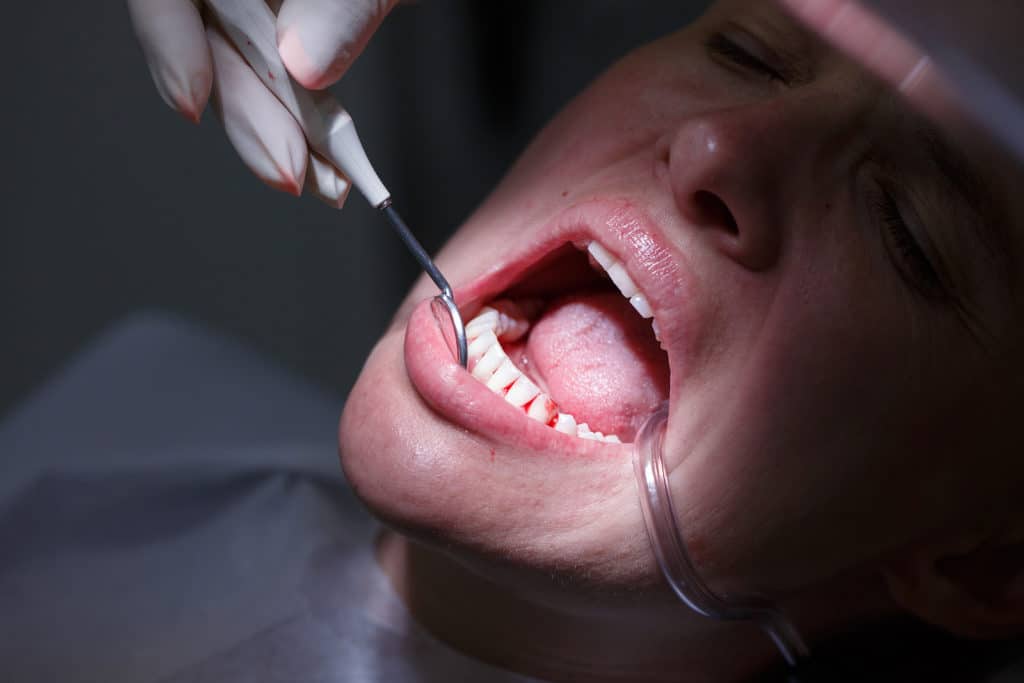- +917892951808
- Indiranagar, Bangalore
Best Dental Clinic In Bangalore Indiranagar | Best Dentist in Bangalore Indiranagar
- Home
- About Us
- Treatments
- Dental Services
- Laser Assisted Treatments
- Endodontic Treatments
- Digital Dentistry
- Invisalign® braces
- LANAP
- WPT
- LANAP vs WPT
- Low Level Laser Therapy
- Dental Bridges
- Dental Crown
- Dentures
- Dental Implants
- Digital Smile Design
- Gentle Ray – Dental Caries-Diagnosis
- Full Mouth Rehabilitation
- Invisible Orthodontics – Clear Path
- Dental Treatment Costs in Bangalore
- Blog
- Contact Us
- Request Appointment
WPT
WPT Laser Treatment - An In-depth Look at Wavelength Optimised Periodontal Therapy

Periodontal disease, also known as gum disease, is a widespread health issue that affects millions of people worldwide. Traditional treatments often involve invasive surgical procedures, causing patients discomfort and requiring a lengthy recovery period. However, recent advancements in dental technology have introduced less invasive, more effective treatments. One such revolutionizing procedure is the Wavelength Optimised Periodontal Therapy (WPT™) or TWIN LIGHT TECHNIQUE
The Rise of Dental Lasers
Periodontal disease, an inflammatory condition primarily affecting the gums or gingiva and other supporting structures of the teeth, is a prevalent oral health concern. The main root cause or etiology for this disease is the accumulation of dental plaque, a sticky film of bacteria that forms on the teeth. If not effectively removed through regular brushing and flossing, this plaque can harden into calculus, also known as tartar, leading to gum inflammation known as gingivitis.
Dental lasers have indeed revolutionized periodontology, offering swift, straightforward, and highly efficient treatments that have transformed the way various procedures are performed. From gingivoplasty to gum pigmentation removal, crown lengthening, and closed curettage, dental lasers have become indispensable tools in modern dentistry.
Among the key players in this transformative shift are the Er:YAG (wavelength 2940) and Nd:YAG (wavelength 1064 nm) dental lasers, renowned for their dual-wavelength capacity and versatility in performing a wide range of laser-assisted periodontal procedures.
The Er:YAG laser operates at a wavelength of 2940 nm, making it highly effective for ablative procedures. It is particularly well-suited for soft tissue surgeries, such as gingivoplasty and gum pigmentation removal. By precisely targeting and vaporizing unwanted tissue, the Er:YAG laser allows for precise sculpting of the gum line and removal of pigmented areas, resulting in improved aesthetics and patient satisfaction.
Together, these dual-wavelength dental lasers empower dental practitioners to perform an expansive array of periodontal procedures in a minimally invasive and cost-effective manner. By harnessing the power of laser technology, modern dental practices can deliver superior outcomes and enhanced patient experiences, ultimately raising the standard of care in periodontology.
The WPT™ Procedure
The WPT Laser Treatment follows a three-step process:
- Step 1: The Nd:YAG laser is used to remove the harmed / diseased epithelial lining of the periodontal pocket, allowing better access to the root surface.
- Step 2: The Er:YAG laser meticulously removes the microbial biofilm and calculus from the root surface and helps in to remove endotoxins from roots / root biomodification.
- Step 3: The Nd:YAG laser energy is applied to coagulate and encourage the formation of a stable fibrin clot.
Optimal Wavelength Combination
The use of both Er:YAG and Nd:YAG laser wavelengths in a single treatment optimizes the unique laser-tissue interaction properties of each wavelength. For example, the Nd:YAG laser energy is superior for coagulation and deep disinfection, while the Er:YAG is particularly efficient at gently removing the infected surface tissue and calculus from the root surface. When combined, these lasers can significantly enhance the outcome of laser-assisted treatments, ensuring maximum safety and efficacy.
Patient Experience with WPT™
Patients undergoing WPT™ enjoy several advantages over traditional gum disease treatments. These benefits include:
- Less invasive treatment.
- Minimal to no post-procedure pain.
- Effective results, including gum-tooth reattachment and growth of new dental tissue.
- Quick recovery time.
- Reduced recurrence with patient compliance.
Furthermore, the WPT™ procedure is typically painless, with little to no swelling. Healing and recovery are speedy, allowing patients to return to their normal routines without taking extra time off work. This efficiency not only saves patients time but also reduces the overall cost of treatment.
The Future of Periodontal Therapy
WPT™ has set a new standard for periodontal therapy, offering an unsurpassed treatment success rate compared to conventional surgical methods. Moreover, it presents a more patient-friendly approach to treating periodontal disease. The procedure is swift, minimally invasive, and does not involve scalpels or sutures. Such advancements have revolutionized periodontal therapy and are paving the way for breakthroughs in dental technology.
In conclusion, the advent of WPT™ underscores the potential of dental lasers in revolutionizing periodontal treatment. This minimally invasive, highly effective treatment offers a new lease of life for patients suffering from periodontal disease, highlighting the exciting future of dental healthcare.

